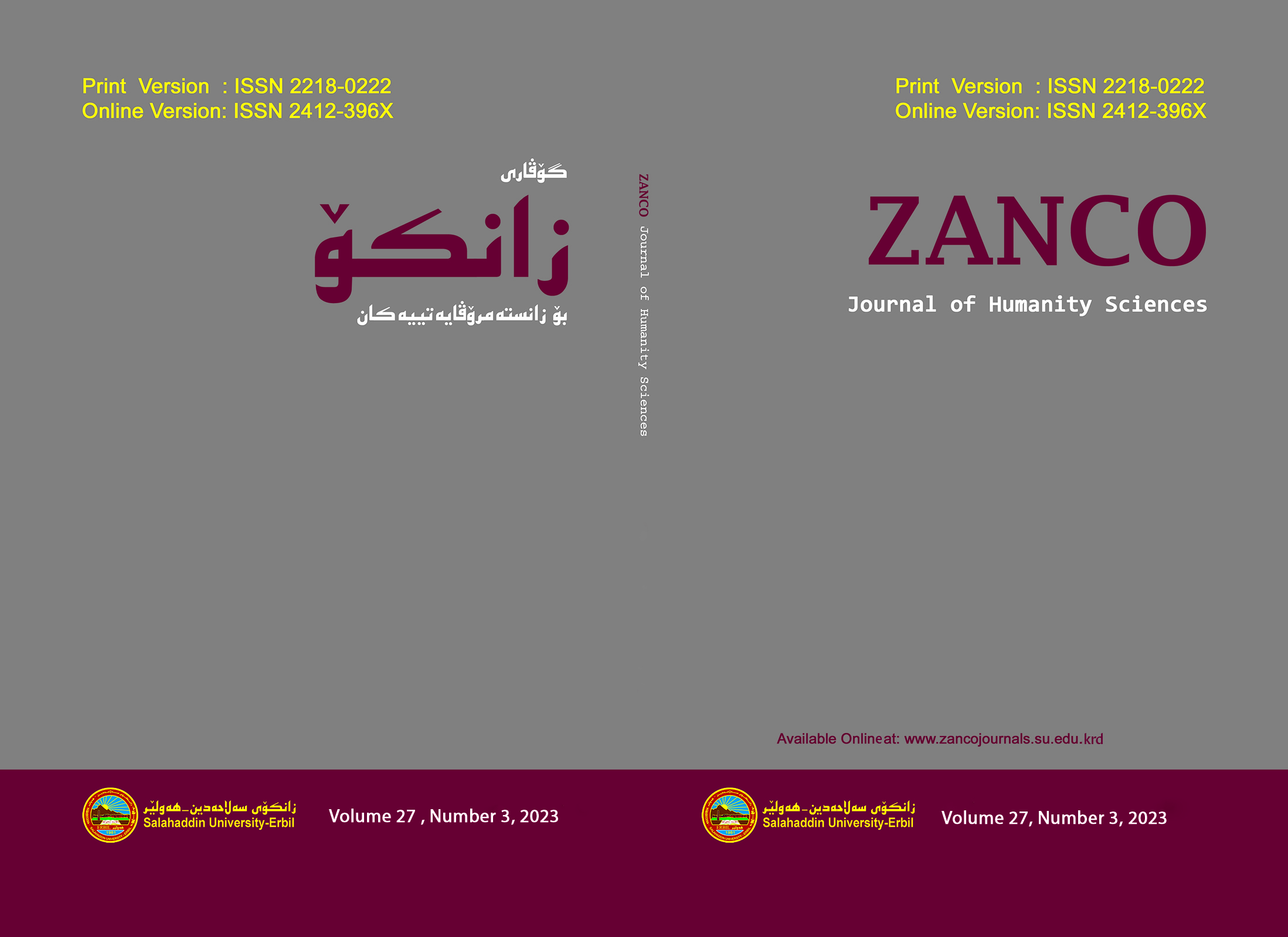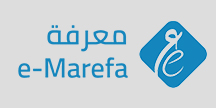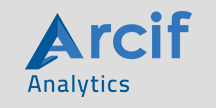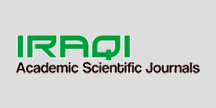The Impact of Flipped Classroom Model on Kurdish EFL University Students’ Writing Skill
DOI:
https://doi.org/10.21271/zjhs.27.3.24Keywords:
Flipped Classroom Model (FCM), Writing Skill, Autonomy, Motivation, Collaboration, Interaction.Abstract
Flipped Classroom Model (Henceforth FCM), as one of the teaching methods that has a strong link with technology, emerged and gained popularity in the past few decades. Many previous studies show the effectiveness of FCM in developing students’ abilities in different fields of science, including language learning. The current study aims to investigate the impact of FCM on Kurdish EFL university students’ writing skill. It also aims to reveal the impact of FCM on enhancing Kurdish EFL students’ autonomy, motivation, student-student and student-teacher collaboration and interaction. The participants of the study were 60 first-year students of English Department, College of Education, Charmo University in Kurdistan Region of Iraq. The study took place in the second semester of the academic year of 2021-2022. The participants were divided into a control group (n. 30) and an experimental group (n. 30). Both groups were taught the writing skill as a subject by the same teacher (researcher) for 15 weeks. The study's data were collected through pre- and post-tests, a questionnaire and an interview. The SPSS analyses of the writing skill pre- and post-tests show statistical significant differences between the two groups’ achievements in favor of the experimental group students (T= 4.252, P= 0.0007). Besides, the questionnaire and interview results found that FCM has an effective role in improving the students’ autonomy, motivation, student-student and student-teacher collaboration and interaction. The study recommends utilizing FCM in teaching other language skills and sub-skills such as speaking, reading, grammar and vocabulary.
References
Abeysekera, L. and Dawson, P. (2014). Motivation and Cognitive Load in the Flipped Classroom: Definition, Rational and a Call for Research. Higher Education Research and Development, 34 (1), 1-14.
Abu-Rass, R. (2001). Intergrating Reading and Writing for Effective Language Teaching. Forum, 39 (1), 30-33.
Ahmad, S. Z. (2016). The Flipped Classroom Model to Develop Egyptian EFL Students’ Listening Comprehension. English Language Teaching. Vol. 9, No. 9, 166-178.
Aljaraida, Y. (2019) STUDENTS’ PERCEPTIONS OF FLIPPED CLASSROOM: A CASE STUDY FOR PRIVATE UNIVERSITIES IN JORDAN. Journal of Technology and Science Education JOTSE, 9 (3): 368-377.
Al-Nabi, I. S. (2020). Is it Worth Flipping? The Impact of Flipped Classroom on EFL Students’ Grammar. English Language Teaching, 13 (6), 64-74.
Al-Mofti, K. W. H. (2020). Challenges of Implementing Formative Assessment by Iraqi EFL Instructors at University Level. Koya University Journal of Humanities and Social Sciences (KUJHSS), 3 (1), 181-189.
Alsamadani, H. A. (2010). The Relationship between Saudi EFL Students’ Writing Competence, L1 Writing Proficiency, and Self-regulation. European Journal of Social Sciences, 16 (1), 53-63.
Alsowat, H. (2016) An EFL Flipped Classroom Teaching Model: Effects on English Language Higher-order Thinking Skills, Student Engagement and Satisfaction. Journal of Education and Practice, 7 (9), 108-121.
Alvarez, B. (2011). Flipping the Classroom: Homework in Class, Lessons at Home. Education Digest: Essential Readings Condensed For Quick Review, 77, 18-21.
Ash, K. (2012). Educators view flipped model with a more critical eye. Education Week, 32 (2), A6-S7.
Basal, A. (2015). The Implementation of a Flipped Classroom in Language Teaching. Turkish Online Journal of Distance Education-TOJDE, 16 (4), 28-37.
Bates, S. and Galloway, R. (2012). The Inverted Classroom in a Large Enrolment Introductory Physics Course: A Case Study. Paper presented at the HEA STEM conference, London, United Kingdom.
Bereiter, C. (1994). Constructivism, Socioculturalism, and Popper’s World 3. Educational Researcher, 23 (7), 21-23.
Bergmann, J., and Sams, A. (2012). Flip your Classroom: Reach every student in every class every day. Washington, D.C.: International Society for Technology in Education.
Bergmann, J., and Sams, A. (2014) The Flipped Classroom. CSE, 17(3). Retrieved from:
https://studylib.net/doc/25219325/the-flipped-classroom. Accessed on 1/7/2022.
Berret, D. (2012) How Flipping the Classroom can Improve the Traditional Lecture. Education Digest, 78 (1), 36-41.
Bishop, J. and Verleger, M. (2013). The Flipped Classroom: A survey of the research paper presented at the 12oth ASEE Annual Conference, Atlanta, GA.
Brame, C. (2013). “Flipping the Classroom”. Retrieved from:
http://cft.vanderbilt.edu/teaching- guides/teaching-activities/flipping-the- classroom/. Accessed on 5/8/2022.
Brown, J. D. (2014) Mixed Methods Research for TESOL. Edinburgh: Edinburgh University Press.
Celce-Murcia, M. (2001). Teaching English as a Second or Foreign Language. 3rd ed. Heinle and Heinle.
Cohen, L., Manion, L. and Morrison, K. (2007). Research Methods in Education. 6th ed. Oxon:Routledge.
Dewey, J. (1993). How We Think: A Restatement of the Relation of Reflective Thinking to the Educative Process. Boston: D. C. Heath.
Dörnyei, Z. (2007) Research Methods in Applied Linguistics. Oxford: Oxford University Press.
Educause Learning Initiative (2012). 7 Things You Should Know About Flipped Classroom.
Retrieved from: https://library.educause.edu/-/media/files/library/2012/2/eli7081-pdf.pdf. Accessed on 3/5/2022.
Ekmekci, E. (2017). The Flipped Writing Classroom in Turkish EFL Context: A Comparative Study on a New Model. Turkish Online Journal of Distance Education, 18 (2), 151-167.
Eppard, J. and Rochdi, A. (2017). A Framework for Flipped Learning. Proceedings of the 13th International Conference on Mobile Learning, 33-40.
Farah, M. (2014). The Impact of Using Flipped Classroom Instruction on the Writing Performance of Twelfth Grade Female Emirati Students in the Applied Technology High School (ATHS). (Unpublished Master’s Thesis). The British University in Dubai.
Halili, S. and Zainuddin, Z. (2015). Flipping the Classroom: What we know & what we don’t. The Online Journal of Distance Education & e-Learning, 3 (1), 15-22.
Hamdan, N., McNight, K. and Arfstrom, K. M. (2013). A Review of Flipped Learning.
Flipped Learning Network. Retrieved from https://flippedlearning.org/wp-content/uploads/2016/07/LitReview_FlippedLearning.pdf. Accessed on 17/2/2022.
Han, Y. (2015). Successfully Flipping the ESL Classroom for Learner Autonomy. NYS TESOL Journal, 2 (1), 98-109.
Harmer, J. (2007). The Practice of English Language Teaching. 4th ed. Essex: Pearson Longman.
Horn, M. (2013). The Transformational Potential of Flipped Classrooms: Different Strokes for Different Folks. Education Next, 13 (3), 78-79.
Hung, H. T. (2015). Flipping the Classroom for English Language Learners to Foster Active Learning. Computer Assisted Language Learning, 28 (1), 81-96.
Jarvis, W., Halvorson, W., Sadeque, S. and Johnston, S. (2014). A Large Class Engagement (LCE) Model Based on Service-Dominant Logic (SDL) and Flipped Classroom. Educational Research and Perspectives, 41, 1-24.
Kang, N. (2015) The Comparison between Regular and Flipped Classrooms for EFL Korean Adult Learners. Multimedia-Assisted Language Learning, 18 (3), 41-72.
Karaaslan, H. and Celebi, H. (2017). ELT Teacher Education Flipped Classroom: An Analysis of Task Challenge and Student Teachers’ Views and Expectations. Journal of Language and Linguistic Studies, 13 (2), 643-666.
Khalil, J. G. and Fahim, S. S. (2017) Assessment as a Learning Tool in a Flipped English Language Classroom in Higher Education. Arab World English Journal, 7 (4), 4-19.
King, A. (1993). From Sage on the Stage to Guide on the Side. College Teaching, 41, 30-35.
Kirmizi, O. and Komec, F. (2019). The Impact of Flipped Classroom on Receptive and Productive Vocabulary Learning. Journal of Language and Linguistic Studies, 15 (2), 437-449.
Kumar, A. and Teotia, A. K. (2017). Constructivism: A Dynamic Approach of Teaching-Learning Social Science at Upper Primary Level. International Journal of Management and Applied Science, 3 (5), 135-139.
Lage, M. J., Platt, G. J., and Treglia, M. (2000). Inverting the Classroom: A Gateway to Creating an Inclusive Learning Environment. Journal of Economic Education. 31(1), 30-43.
Larsen-Freeman, D. and Anderson, M. (2011). Techniques and Principles in Language Teaching. 3rd ed. Oxford: Oxford University Press.
Leis, A., Cooke, S. and Tohei, A. (2015) The Effects of Flipped Classrooms on English Composition Writing in an EFL Environment. International Journal of Computer-Assisted Language Learning and Teaching, 5 (4), 37-51.
Logan, B. (2015). Deep Exploration of the Flipped Classroom before Implementing. Journal of Instructional Pedagogies, 16, 1-12.
Mackey A. and Gass, S. M. (2016). Second Language Research Methodology and Design. (2nd ed). New York: Routledge.
Marshall, C. and Rossman, G. (1999) Doing Qualitative Research (3rd ed.) London: Sage Publications.
Mazur, E. (2013) The Flipped Classroom will Redefine the Role of Educators. Interview by The Evolllution. 6, June.
McDonough, J. and Shaw, C. (2003). Materials and Methods in ELT. 2nd ed. Oxford: Blackwell Publishing.
McLaughlin, J., Roth, M., Glatt, D., Gharkholonarehe, N., Davison, C., Griffin, L., Mumper, R. (2014). The Flipped Classroom: A course redesign to foster learning and engagement in a health professions school. Academic Medicine, 89 (2), 236-243.
Najmi, A. H. (2020). The Effectiveness of Flipped Classroom Approach on Students’ Achievement in English Language in Saudi Arabian Southern Border Schools. International Education Studies, 13 (9), 66-74.
Nunan, D. (1999). Second Language Teaching and Learning. Heinle and Heinle.
Nunan, D. (2015) Teaching English to Speakers of Other Languages: An Introduction. Oxon: Routledge.
Overmyer, G. R. (2014). The Flipped Classroom Model for College Algebra: Effects on
Student Achievement (Doctoral Dissertation). Retrieved from
https://mountainscholar.org/bitstream/handle/10217/83800/Overmyer_colostate_0053A_12525.pdf?sequence=1&isAllowed=y, Accessed on 5.7.2022.
Punch, K. (2005). An Introduction to Social Research: Quantitative and Qualitative Approaches. (2nd ed.). London: Sage Publications.
Qader, R. O. and Arslan, F. Y. (2019). The Effect of Flipped Classroom Instruction in Writing: A Case Study with Iraqi EFL Learners. Teaching English with Technology, 19 (1), 36-55.
Salih, O. A. and Khalaf, M. K. (2017). The Effect of Flipping Classroom Strategy on the Attitudes of the Iraqi 6th Preparatory Students towards English Subject. International Journal of Humanities and Applied Social Science, 2 (1), 81-94.
Scrivener, J. (2011). Learning Teaching: The Essential Guide to English Language Teaching. 3rd ed. Oxford: Macmillan.
Ur, P. (1991). A Course in Language Teaching. Cambridge: Cambridge University Press.
Ur, P. (2012). A Course in English Language Teaching. Cambridge: Cambridge University Press.
Wahib, M. and Tamer, Y. (2021). Exploring the Effect of Flipped Classroom Model on EFL Phonology Stusents’ Academic Achievement. International Journal of Language and Literary Studies, 3 (2), 37-53.
Zainuddin, Z. (2017). First-Year College Students’ Experience in the EFL Flipped Classroom: A Case Study in Indonesia. International Journal of Instruction, 10 (1), 133-150.
Zhang, P., Ma, J., Liu, Y. (2014). Flipped Classroom: An effective model of improving student teachers’ educational technology. Journal of Information Technology and Application in Education, 3 (3), 144-149.
Downloads
Published
How to Cite
Issue
Section
License
Copyright (c) 2023 Chalak Mohammed Ameen, Himdad Abdulqahhar Muhammad

This work is licensed under a Creative Commons Attribution-NonCommercial-ShareAlike 4.0 International License.
Except where otherwise noted, content on this site is licenced
under a Creative Commons Attribution License 4.0 (CC BY- 4.0)










